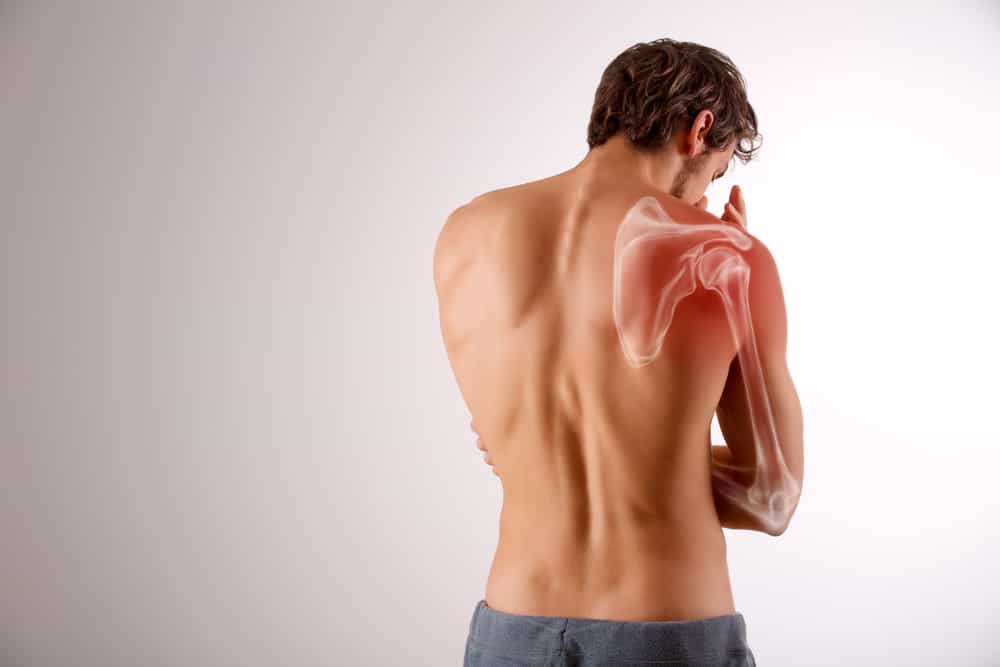The shoulder is a complex articulation that joins three bones. One of them is called humerus, and it is the upper arm bone. The second is called scapula, and we usually recognize it as the shoulder blade. The third bone is commonly known as the clavicle or the collarbone.
The most important part of the articulation is the upper arm bone, which has a round protuberance or head that fits into the shoulder blade socket. This type of articulation is known as glenoid articulation, and it is very mobile. However, it is held in place by tendons and muscles that maintain the head of the humerus in the socket. These tendons are known as the rotator cuff and have the function of covering the head of the humerus and bringing it down to the shoulder blade to prevent dislocation.
In most cases, shoulder pain has to do with this articulation, and learning about its components will help us understand what triggers this symptom.
Overview
Shoulder pain is a symptom, not a disease by itself. This is a very mobile articulation, and such an increase in mobility can come with some instability problems, mainly if we use the articulation heavily or with many repetitive motions. These limitations often cause pain to the patient, which can be temporary or more permanent. In most cases, it goes away after a while, especially after taking painkillers. In other cases, patients need to search for a surgical solution to their problem.
In this article, you will find the most common diseases that lead to shoulder pain, how physical therapy is and what tests are appropriate for these cases, and how do you find relief from shoulder pain depending on its cause.
Causes and related diseases

In most cases, shoulder pain is triggered by inflammation or instability of the articulation. This inflammation can be secondary to a direct hit, arthritis, or a fracture in one of the bones that make up the articulation. A fracture can also cause instability, but you could also have a genetic predisposition or start experiencing instability after enduring trauma or performing an exercise with a bad technique.
Let us review the most common ailments that trigger shoulder pain and what are they about:
